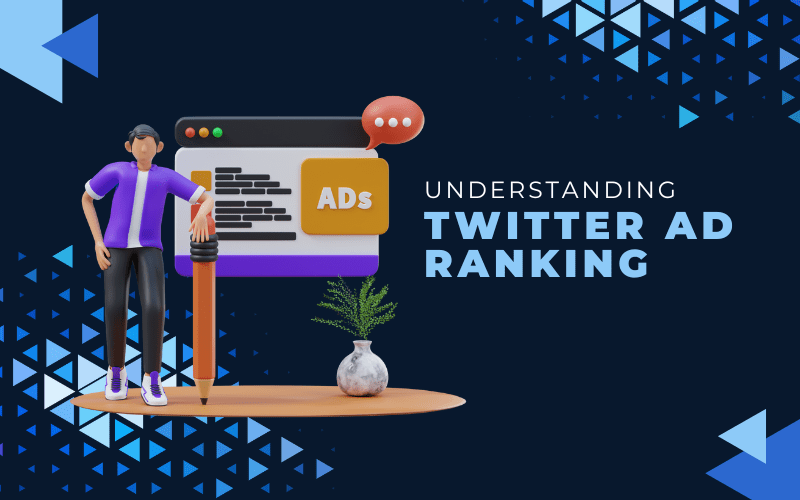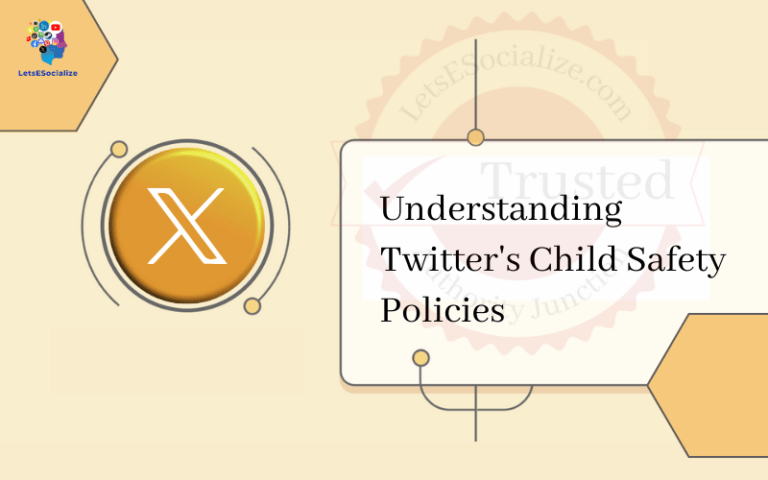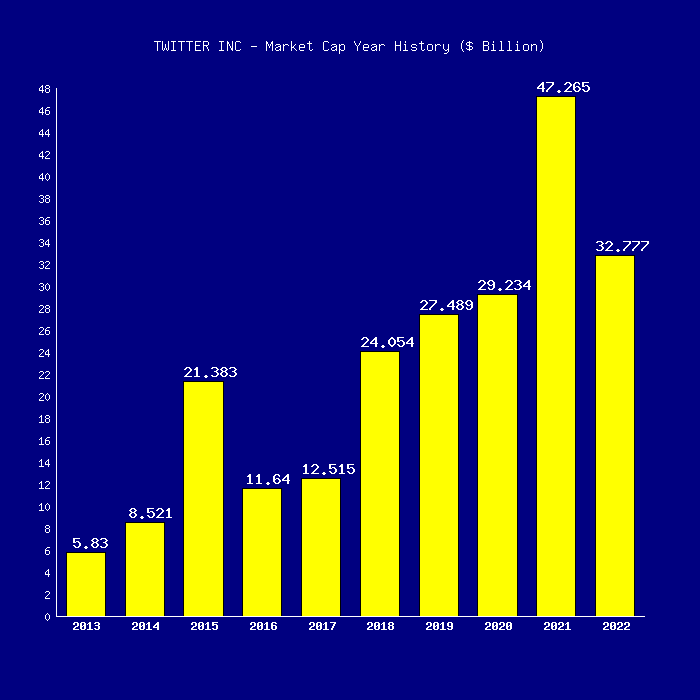Introduction
On Twitter, millions of advertisers compete for limited ad placements in user timelines. So, how does Twitter determine which ads to show over others? The key is Twitter’s ad ranking algorithm.
Understanding what factors impact ad rank on Twitter and optimizing based on those is crucial for advertisers to gain more visibility and engagement. This comprehensive guide will explore everything that goes into Twitter’s ad ranking system and how to leverage it effectively.
Table of Contents
How Twitter Ad Rank
When users open their Twitter timeline, an auction runs behind the scenes to determine which ads get shown. Twitter evaluates all eligible ads and assigns a rank score calculated based on the following:
- Bid Amount – The max CPM bid set by the advertiser.
- Engagement Rate – Historical ad performance and click-through rate.
- Account History – Past adherence to Twitter advertising policies.
- Relevance – Alignment of ad creative, copy, and targeting with the user.
The ads with the highest combined scores win the auction and are displayed prominently. Lower-ranking ads may not be shown at all. Understanding this can help advertisers make optimization decisions.
Also read: Case studies of successful Twitter Ads
Key Factors That Impact Twitter Ad Rank
Several factors play into Twitter’s ad ranking algorithm. Advertisers should focus on these areas:
Bid Amount
Setting higher max CPM bids for your campaign gives you a better chance of ranking above competitors.
Ad Engagement
Ads with higher historical click-through rates and engagement will be favored.
Targeting Relevance
Ads targeting more relevant to each user tend to rank higher in auctions.
Ad Quality
Well-designed creatives and compelling copy improve ranking.
Follower Relevance
Ads may rank better for users who already follow your brand.
Account History
Good advertiser reputation helps, while policy violations lower rank.
Optimizing each area that Twitter evaluates will lift your ad rank over time.
Ways to Improve Your Twitter Ad Rank
Use these proven strategies to boost your ad ranking:
- Set higher max CPM bid prices within your budget constraints.
- Create quality ad creative following Twitter’s best practices.
- Write compelling, benefit-focused ad copy tailored to your audience.
- Identify and target vital high-intent interests and behaviors.
- Use negative targeting to weed out irrelevant audiences.
- Analyze and remove low-performing ads dragging down engagement.
- Design multiple ad variations to identify what resonates.
- Ensure strong Relevance between ad messaging and landing pages.
- Monitor which creative and copy performs best.
- Check if followers convert better and target lookalikes.
Deliberate optimization efforts will steadily improve the ranking of your ads on Twitter.
Signs Your Twitter Ad Rank Needs Improvement
Watch for these signals that your Twitter ad rank may need boosting:
- Declining impression or reach numbers over time
- Increased cost per conversion metric
- Loss of auction to competitors running similar ads
- Lower than expected click-through-rate based on historical norms
- Poor performance despite testing new targeting audiences
- Lack of improvement as daily budget increases
- Sudden unexplained drop in conversion rates
Any sudden unexplained decreases in performance likely indicate issues with your Twitter ad rank.
How to Diagnose Twitter Ad Rank Problems
Follow this process to diagnose and address low ad rank issues:
Review Auction Insights
Check the “Auction Insights” report for rank ordering and loss rates.
Analyze Ad Engagement
Look for low-performing ads dragging down overall engagement.
Evaluate Targeting Approach
Try broadening targeting to increase the relevance range for your ads.
Assess Creative Execution
A/B test completely new ad creative and copy if needed.
Check Bid Prices
See if raising the max bid helps regain impressions and conversions.
Compare Rank to Competitors
Research competitors’ spending levels and engagement for context.
Remove Poor Performers
Pause or eliminate existing ads that rank poorly despite optimization attempts.
Streamline Keywords
Consolidate keyword targeting around top-ranking terms.
Frequent rank assessments allow you to catch and troubleshoot issues early.
Best Practices for Monitoring Twitter Ad Rank
Consistently monitoring ranking is key. Apply these best practices:
- Check auction insights data weekly for rank ordering trends.
- Set up alerts for sudden performance drops that may indicate ranking declines.
- Watch engagement rates closely to catch dips that would lower future rank.
- Review monthly click-through-rate reports to identify poor-performing ads.
- Compare Twitter ad engagement benchmarks to your own over time.
- Evaluate changes after each optimization effort to determine impact.
- Analyze the rank performance of ads targeted to different audiences.
- Dig into campaign timelines to pinpoint precisely when declines occurred.
- Note competitive ad saturation changes within your targeted interests.
Proactive monitoring enables advertisers to stay on top of the ranking and intervene quickly.
Use Audiences to Assess Ad Rank Potential
Tailored audiences provide a means to evaluate ad rank potential:
Existing Followers
See if your ads gain more reach and engagement when targeted to existing brand followers who should find them highly relevant.
Lookalike Audiences
Build lookalike audiences modelled off your customers to target more potential brand-relevant people.
Audience Stacking
Layer audiences like past site visitors on top of your core targeting to increase relevancy.
Engaged Audiences
Retarget people who previously viewed or clicked on your ads before.
Keyword-Based
Target users who tweet or engage with keywords relevant to your ads.
Compare audience-specific performance to assess where your ads can rank best.
Ad Rank Opportunities on Twitter
Twitter is continuously evolving their ad platform with new capabilities that savvy advertisers can capitalize on:
- More ad placement options beyond the main feed, like Explore.
- Detailed audience insights to refine targeting.
- Automated bidding techniques powered by machine learning.
- The ability to promote organic tweets into ads.
- Tools to quickly test and optimize creative variations.
- Video ad innovations to boost engagement.
- New ad formats like collections or carousels.
Staying on top of Twitter’s latest advertising developments can uncover new options to boost your ad rank.
Conclusion
Understanding Twitter’s ad ranking algorithm and influencing factors enables advertisers to optimise strategically. By monitoring engagement rates, maximizing targeting relevancy, creating quality ad content, and leveraging advanced bidding and audiences, brands can improve ad rank to beat competitors, lower costs, and get their ads in front of more of their ideal potential customers on Twitter.
Mastering the art of optimizing Twitter’s ad rank creates significant opportunities for impact and return from ad investments.







